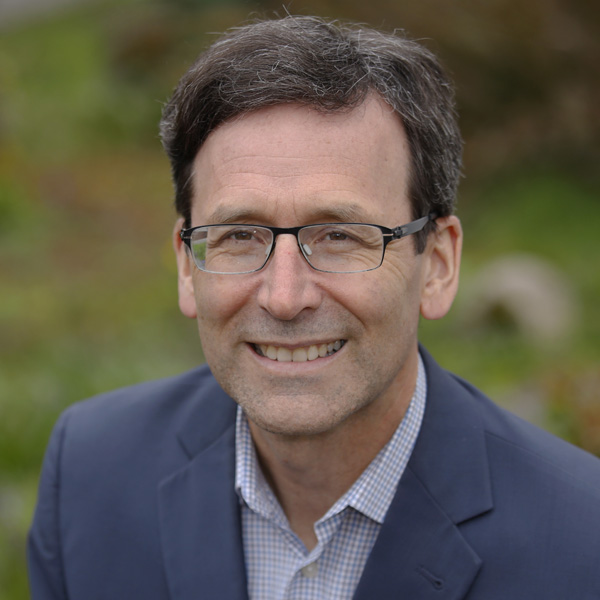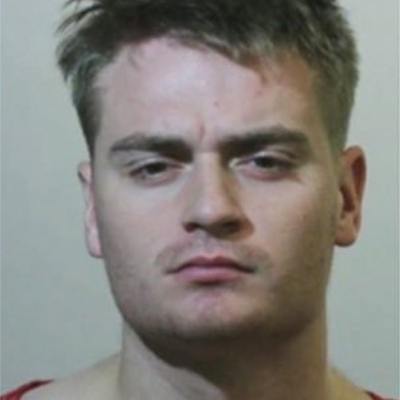President Donald Trump has, at least temporarily, pulled back from starting a trade war with Canada and Mexico, issuing updated executive orders delaying the imposition of tariffs on both until March so additional talks on fentanyl, immigration and other trade issues can continue.
Trump had threatened over the weekend to impose 25% tariffs on most imports from the two countries and a 10% tariff on energy imports from Canada. (See Uncertainty Remains Around Energy Tariffs amid Last-minute Deals.)
“The challenges at our southern border are foremost in the public consciousness, but our northern border is not exempt from these issues,” Trump said in an executive order. “Criminal networks are implicated in human trafficking and smuggling operations, enabling unvetted illegal migration across our northern border. There is also a growing presence of Mexican cartels operating fentanyl and nitazene synthesis labs in Canada.”
Both Canadian Prime Minister Justin Trudeau and Mexican President Claudia Sheinbaum Pardo struck deals with Trump on Feb. 3 that averted the tariffs for another month at least, with another pair of executive orders issued delaying them until March 4.
“I firmly believe that collaboration is what makes this continent great, and it is what will enable our conversation to move from one about tariffs, which in my mind is a lose-lose conversation, to one about prosperity and security, which offers a win-win,” Canadian Energy and Natural Resources Minister Jonathan Wilkinson said in remarks to the Atlantic Council on Feb. 4.
Wilkinson is a member of the current governing Liberal Party. Trudeau announced plans to step down in early January, which likely will lead to a new election in the coming months. According to the average of polls from the Canadian Broadcasting Corp., the Conservative Party is likely to return to power for the first time in 12 years.
While Wilkinson discussed the longstanding partnership the U.S. and Canada have had, he noted that Trump’s tariff threats generated a patriotic response.
“When all of a sudden Canada is treated more like an adversary than a partner, it did shake every Canadian, and I think you saw that in some of the patriotic expressions that came out in the aftermath of the decision to impose tariffs,” Wilkinson said.
The movement of drugs and illegal immigration are smaller issues along the Canadian border than that of Mexico, but Wilkinson said his government is just as opposed to illegal smuggling and border crossings as the U.S. government. Canada recently announced an investment of $1 billion in border security, and Trudeau said he would appoint a “fentanyl czar” and list drug cartels as terrorists to work with the Trump administration, Wilkinson said.
“Our respective economies are so integrated that I would say the partnership is effectively hard-wired,” Wilkinson said. “Nearly $2.7 billion worth of goods and services cross the border each day in 2023. Thirty-six U.S. states rely on Canada as their No. 1 export market. Canadian consumers and businesses purchased more goods from the United States than China, Japan and Germany combined.”
The two economies are so intertwined that in the auto industry, parts will go back and forth across the border half a dozen times or more before a product is completed, he added.
“But there is no area where the integrated nature of our economies is clearer than in energy and key resources, such as critical minerals,” Wilkinson said. “For example, Canada supplies significant quantities of low-cost hydroelectricity to several U.S. states via fixed transmission lines. Canadian electricity powers the equivalent of 6 million American homes.”
In general, Canadian provinces are more economically linked, with energy and other sectors, to their neighboring U.S. states than they are to each other, Brattle Group Principal Johannes Pfeifenberger said in an interview.
“British Columbia and Quebec, in particular, have vast amount of hydropower and hydro storage,” Pfeifenberger said. “So, in some ways, British Columbia would be the ideal battery for the West, and Quebec would be the ideal battery for the Northeast.”
Excess renewables from the U.S. could be shipped up to Canada when that makes sense, and then the Canadian firms would sell it back south when American power demand is higher, he added.
Wilkinson ran off other beneficial trading arrangements, from U.S. farmers importing potash, to the two countries working together on uranium supply so that the next generation of small modular reactors does not need to rely on supplies from more antagonistic countries like Russia.
“I am suggesting that we should instead build upon current success by developing a U.S.-Canada alliance in energy and minerals,” he said. “Such an alliance would enable the United States and Canada to achieve our shared vision for affordable energy bills for families, strong and secure economies and North America as the world’s dominant energy supplier.”
Electricity trading is a bigger deal between Canada and the U.S. than is trade with Mexico, where a few connections with Arizona, California and Texas are smaller and used less often, Pfefeinberger said.
Kinetic Movement of Flowing Water
It is unclear whether trades in electricity will be covered by the laws that Trump’s executive orders cite, but he did single out electric generation and its fuels, including “the kinetic movement of flowing water,” in the order declaring a National Energy Emergency. The order imposing a 10% tariff on Canadian energy cited the energy emergency order. (See What is and isn’t in Trump’s National Energy Emergency Order.)
Energy economist Robert McCullough, who has worked around hydroelectricity issues for decades, has an archive with 150 million files from the industry. None of them referenced the “kinetic movement of flowing water,” he said. A Google search of the phrase returns an “Energy 101” explainer video that the Department of Energy posted almost two years ago.
“I think what we’re seeing is a bluff, and that this will fade away,” McCullough said. “But we do know that if it’s serious, they certainly didn’t prepare the paperwork seriously. The kindest word for it is that it’s ‘muddled.’ Now we are going to see a Federal Register notice, and hopefully that’ll be more operational.”
If the talks for the next month or more between Canada and the U.S. are serious, there is plenty on electricity markets that the two sides could work to improve, he added.
The Columbia River Treaty, which has been in effect since the 1960s, could benefit from some updates, McCullough said. While British Columbia, Ontario and Quebec are well plugged into the U.S. grid, other provinces are not.
“Manitoba Hydro has always been isolated and confused and has never actually had the involvement in the energy markets that BC Hydro has,” McCullough said.
On the East Coast, Newfoundland effectively has been blocked from shipping its hydropower to the U.S. by Hydro-Quebec. McCullough said that even FERC could weigh in there. Hydro-Quebec had to agree to FERC regulations, such as Order 888, when it entered into the U.S. markets.
“Theoretically, Hydro-Quebec has signed on to 888 and has to open it up for open access, but practically, that never happens,” McCullough said. “And obviously they could go to FERC and demand that FERC penalize Hydro-Quebec and Canada for violating 888, but that apparently has never been seriously considered.”
Normally it would be a hard case to make that a foreign, provincially owned corporation could be dinged for not following FERC’s rules on its Canadian grid, he added. But with Trump in the White House, who knows?


